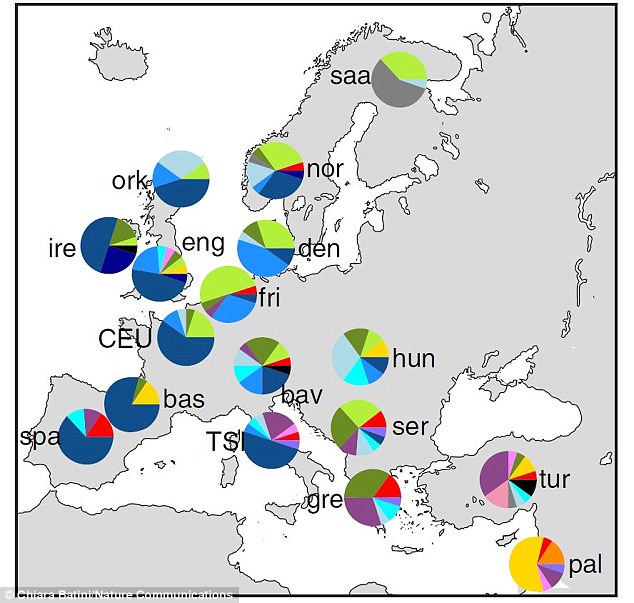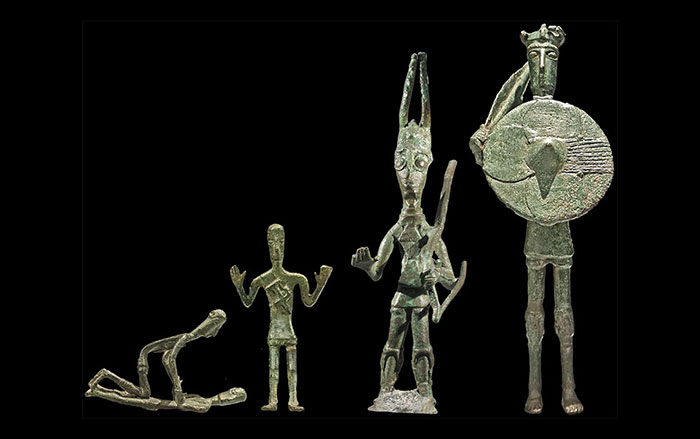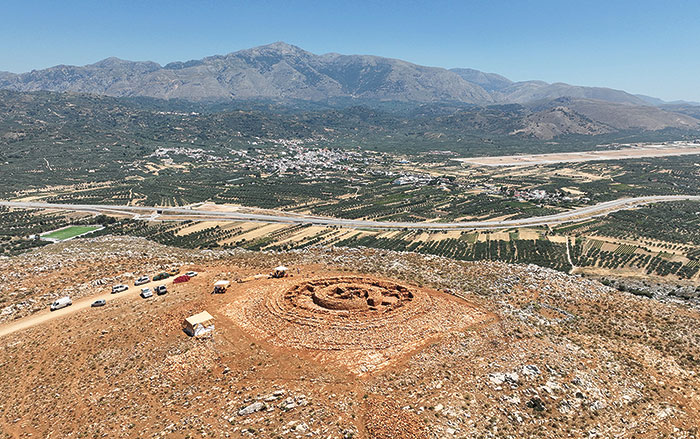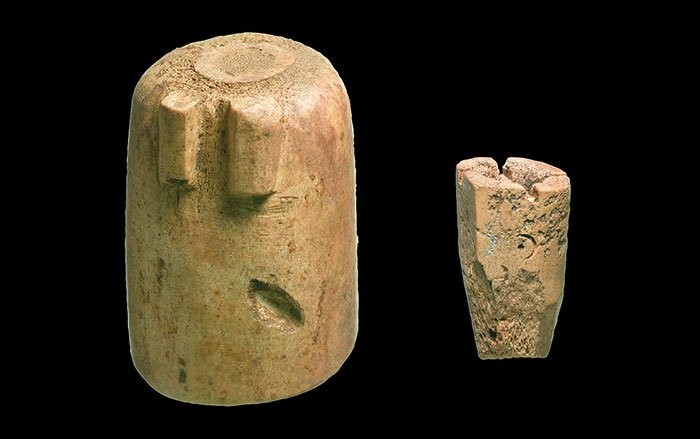
LEICESTER, ENGLAND—In a study funded by the Wellcome Trust, geneticists from the University of Leicester sequenced DNA from the Y chromosomes of 334 men from 17 populations in Europe and the Middle East. Using new methods for analyzing DNA variation and the timing of population events, the team, led by Mark Jobling and Chiara Batini, found that two out of three modern European men have descended from just three paternal lineages that branch out from the genealogical tree of European Y chromosomes. The study also suggests that this explosion in the size of the male population occurred between 2,000 and 4,000 years ago. “The population expansion falls within the Bronze Age, which involved changes in burial practices, the spread of horse-riding, and developments in weaponry. Dominant males linked with these cultures could be responsible for the Y-chromosome patterns we see today,” Jobling said in a press release. It had been thought from previous genetic studies that the population expansion occurred at an earlier time. “Given the cultural complexity of the Bronze Age, it’s difficult to link a particular event to the population growth that we infer. But Y-chromosome DNA sequences from skeletal remains are becoming available, and this will help us to understand what happened, and when,” added Batini. To read in-depth about Europe's first great Bronze Age civilization, see "The Minoans of Crete."










